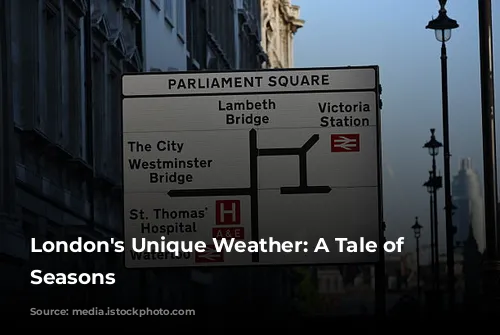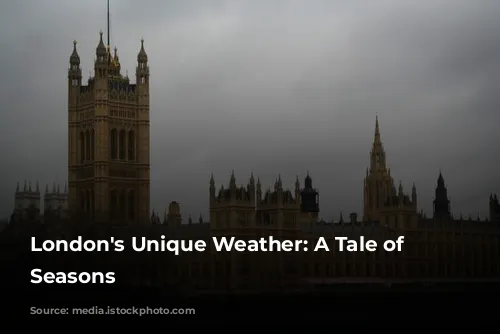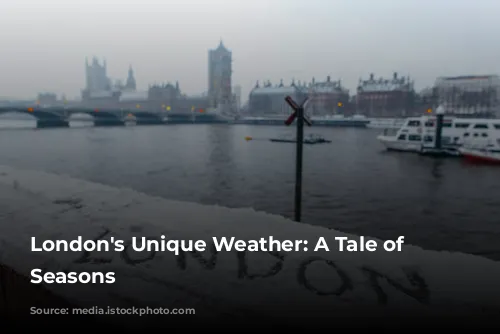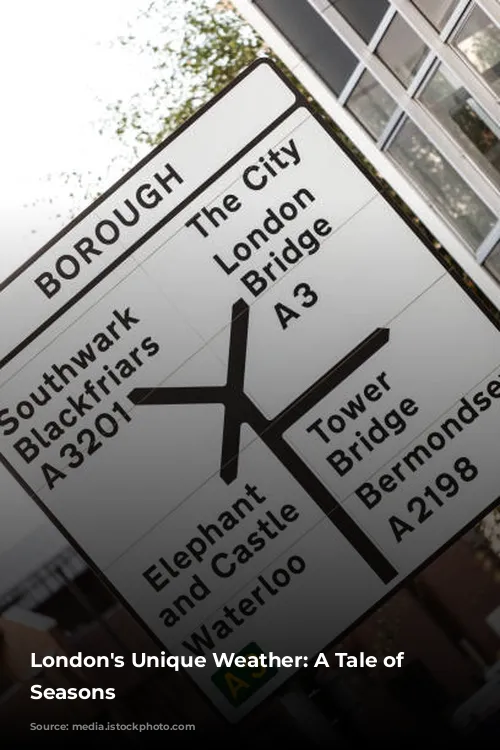London’s weather, like the city itself, has a personality all its own. This bustling metropolis, located at 51°30′ North latitude, is a fascinating place to experience the varied forces of nature. From the short, dark days of winter to the long, bright days of summer, London offers a unique meteorological journey.
Winter’s Embrace: Short Days and Chilly Nights
Imagine stepping out of your home and being greeted by the darkness of dawn. That’s the reality of London’s winter, where the days shrink significantly as the sun rises later and sets earlier. This phenomenon, a consequence of the city’s northern latitude, can be quite a change for those coming from more southerly climates. December, in particular, can feel quite gloomy as the sun struggles to peek through the clouds before 8 am and dips below the horizon by 4 pm.
The lack of daylight can take a toll on one’s mood, especially for those accustomed to sunshine-filled days. But fear not, London’s mild climate offers a reprieve from the harshness of true winter. The city’s average daytime temperature in January hovers around 8°C (46°F), ensuring that while chilly, it remains comfortable.

Summer’s Delight: Long Days and Warm Evenings
As the seasons shift, London’s summer emerges with its long, sunny days and warm evenings. The sun rises as early as 4 am, with birds chirping away as dawn breaks. This can make it challenging to get a good night’s sleep, especially when the sun streams through bedroom windows at 5 am.
But the long hours of daylight also offer a chance to fully enjoy the city’s parks and outdoor spaces. With the sun not setting until around 9:20 pm in June, there is ample time to relax, socialize, and soak up the pleasant summer weather.

Rainy Days and Occasional Snowfall
While London enjoys temperate weather, rain is a constant companion throughout the year. While the average rainfall isn’t exceptionally high, drizzle seems to be the city’s preferred precipitation method.
Snow, on the other hand, is a rare visitor to London, often met with a mix of excitement and frustration. The city’s urban heat, generated by buildings and vehicles, makes it difficult for snow to settle. But when it does, London can grind to a halt, with transport systems struggling to cope with the icy conditions.
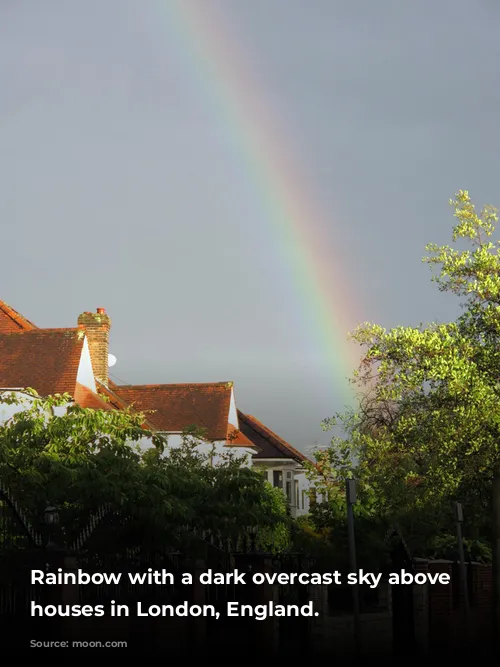
The Effects of Climate Change
London’s weather patterns have been shifting in recent years. While the city has experienced a run of mild winters, the past few years have seen a return of colder temperatures and increased rainfall. Whether this is a temporary blip or a sign of climate change, it is a cause for concern.
The city will need to adapt to the changing weather patterns and ensure its infrastructure is prepared for more extreme weather events.
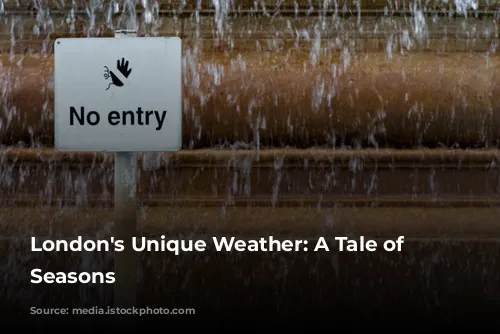
Summertime in London: Warm and Damp
London’s summers are generally pleasant but seldom scorching hot. The city’s average high in July is a comfortable 22°C (73°F), with occasional days reaching above 25°C (77°F) or even 30°C (86°F).
While Londoners enjoy the warmth and sunshine, the city’s homes are not typically equipped for extended periods of hot weather. Air conditioning is a rarity, so Londoners often find themselves adapting to the heat.
London’s weather is as dynamic and diverse as the city itself. From the short, dark days of winter to the long, bright days of summer, London offers a unique meteorological experience. While rain is a constant companion, snow is a rare treat that can bring the city to a standstill. As climate change continues to reshape the world, London will need to adapt to the evolving weather patterns, ensuring the city remains resilient to both hot and cold extremes.




